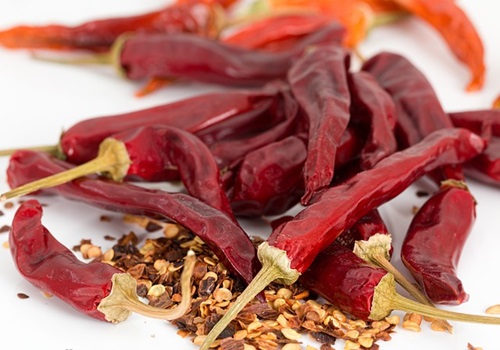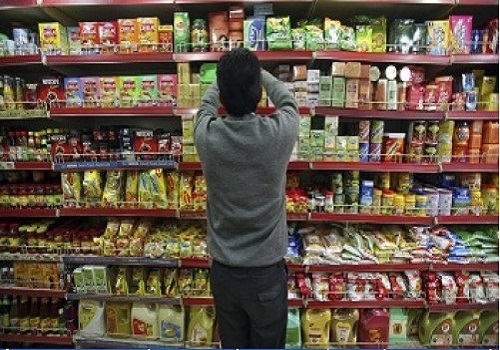Spicy Showdown: Byadagi Chilli Market Faces Heat with Bumper Crop and Price Divergence By Amit Gupta Kedia Advisory

The Byadagi chilli market in Karnataka experiences price turbulence as a larger crop and abundant carry-forward stocks weigh on prices. While the original Byadagi variety commands higher rates, hybrids witness a significant dip, with market dynamics influenced by varietal trends and substantial cold storage stocks.
Highlights
Market Dynamics: Byadagi chilli prices are expected to face downward pressure due to a larger crop and substantial carry-forward stocks in Karnataka.
Arrivals and Varietal Trends: Market arrivals of Byadagi chillies have begun in key markets like Byadagi, Hubballi, and Gadag in North Karnataka. Prices are showing a divergent trend based on varieties and hybrids.
Byadagi Chilli Characteristics: Byadagi chilli is known for its high color content and low pungency, making it desirable for both culinary use and oleoresin extraction, catering to domestic and overseas markets.
Arrival Statistics: In December, combined market arrivals in Byadagi, Hubballi, and Gadag were 3.5 lakh bags, down from 4.27 lakh bags during the same period in the previous year (2022-23).
Price Trends: Original Byadagi variety prices are higher at ?55,000 per quintal compared to ?38,000 a year ago. However, hybrids like Syngenta 5531 are trading lower at ?16,000, down from ?23,000 levels a year ago.
Varietal Influence on Prices: The share of original Byadagi chilli varieties (Dabbi and Kaddi) in current market arrivals is lower compared to hybrids, contributing to the comparatively higher prices.
Carry Forward Stocks: Cold storages in Karnataka reportedly hold around 30 lakh bags of Byadagi chillies, with an estimated capacity of 70 lakh bags. This surplus contributes to muted demand.
Demand Outlook: Demand is expected to pick up post the Sankranthi festival from mid-January. The current market arrivals are mainly from non-traditional growing regions, with anticipation of increased arrivals from the traditional growing belt.
Crop Expansion: Despite a drought in Karnataka, farmers have expanded the chilli crop area by around a third. The crop has benefited from intermittent rains in recent months, resulting in better yields.
Market Expectations: While the transplantation was delayed due to a delayed monsoon, the crop is considered good in traditional Byadagi chilli growing areas like Kundgol and Annigeri after a gap of 2-3 years.
Conclusion
The spicy saga of Byadagi chillies unfolds as increased production and surplus stocks put downward pressure on prices. The contrasting trends between original varieties and hybrids showcase the market's intricate dynamics. With expectations of demand picking up post Sankranthi festival, stakeholders navigate a complex landscape, balancing factors of crop expansion, delayed transplantation, and the anticipation of increased arrivals from traditional growing regions. The Byadagi chilli market stands at a crossroads, requiring careful monitoring and strategic decisions amidst the flavorful complexities of supply and demand.
Above views are of the author and not of the website kindly read disclaimer










Tag News

Pre-Market Comment by Hardik Matalia, Derivative Analyst, Choice Broking



More News

Yen Gains Ground as BOJ Calms Nerves; All Eyes on Powell`s Upcoming Speech by Amit Gupta, Ke...









